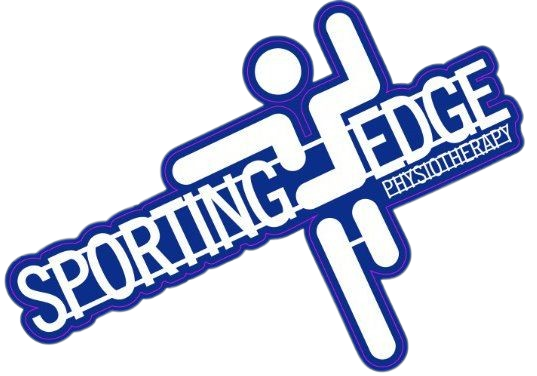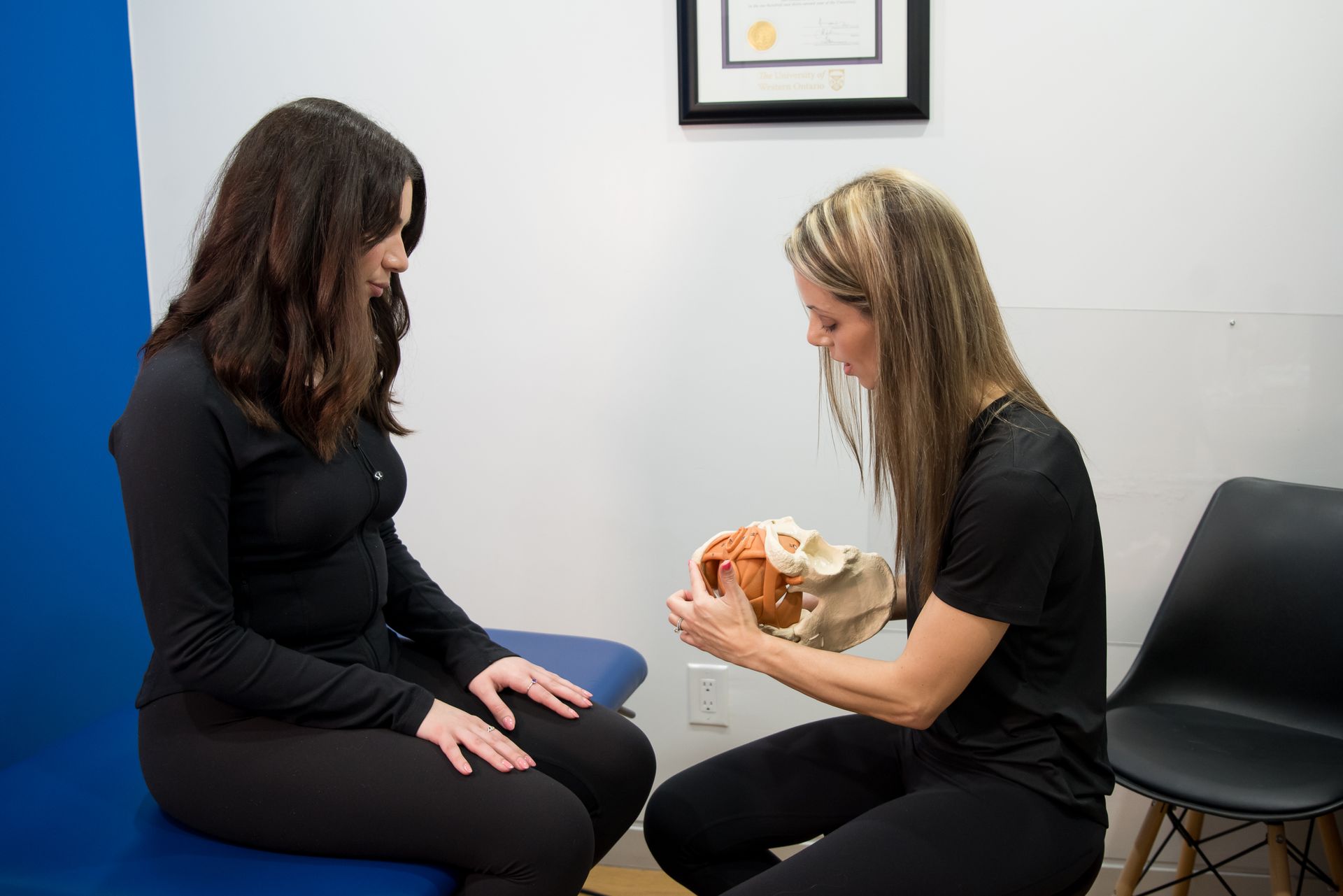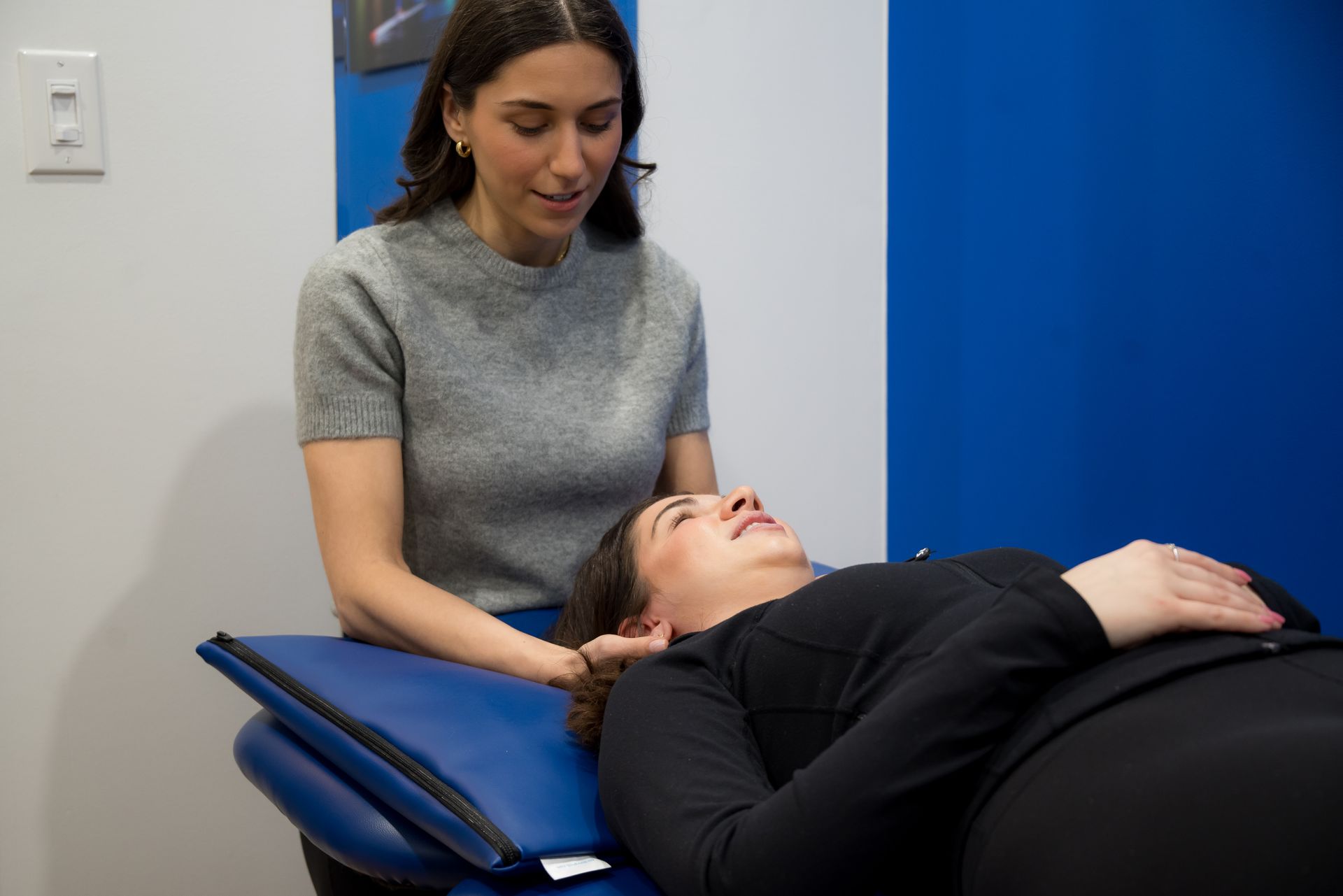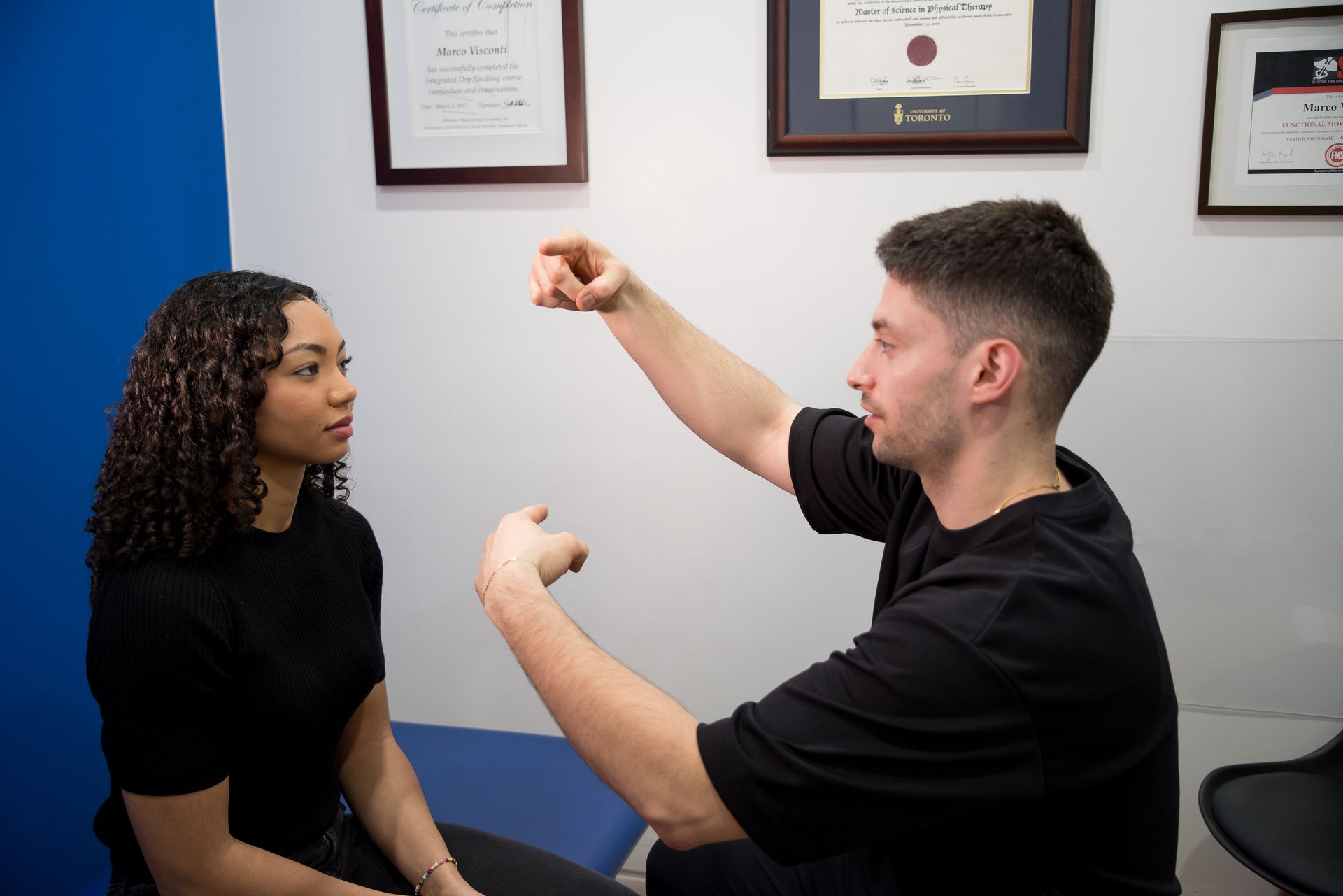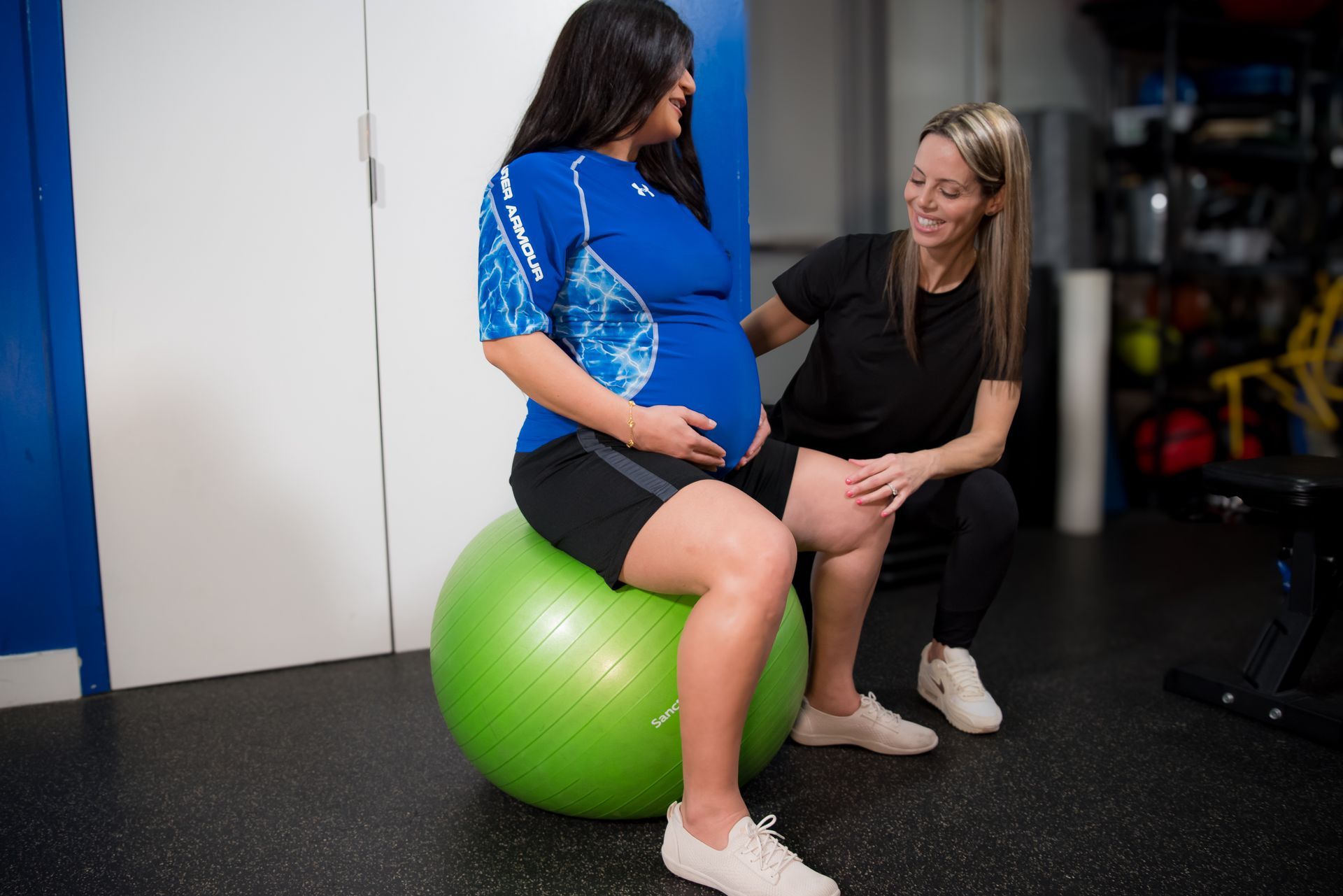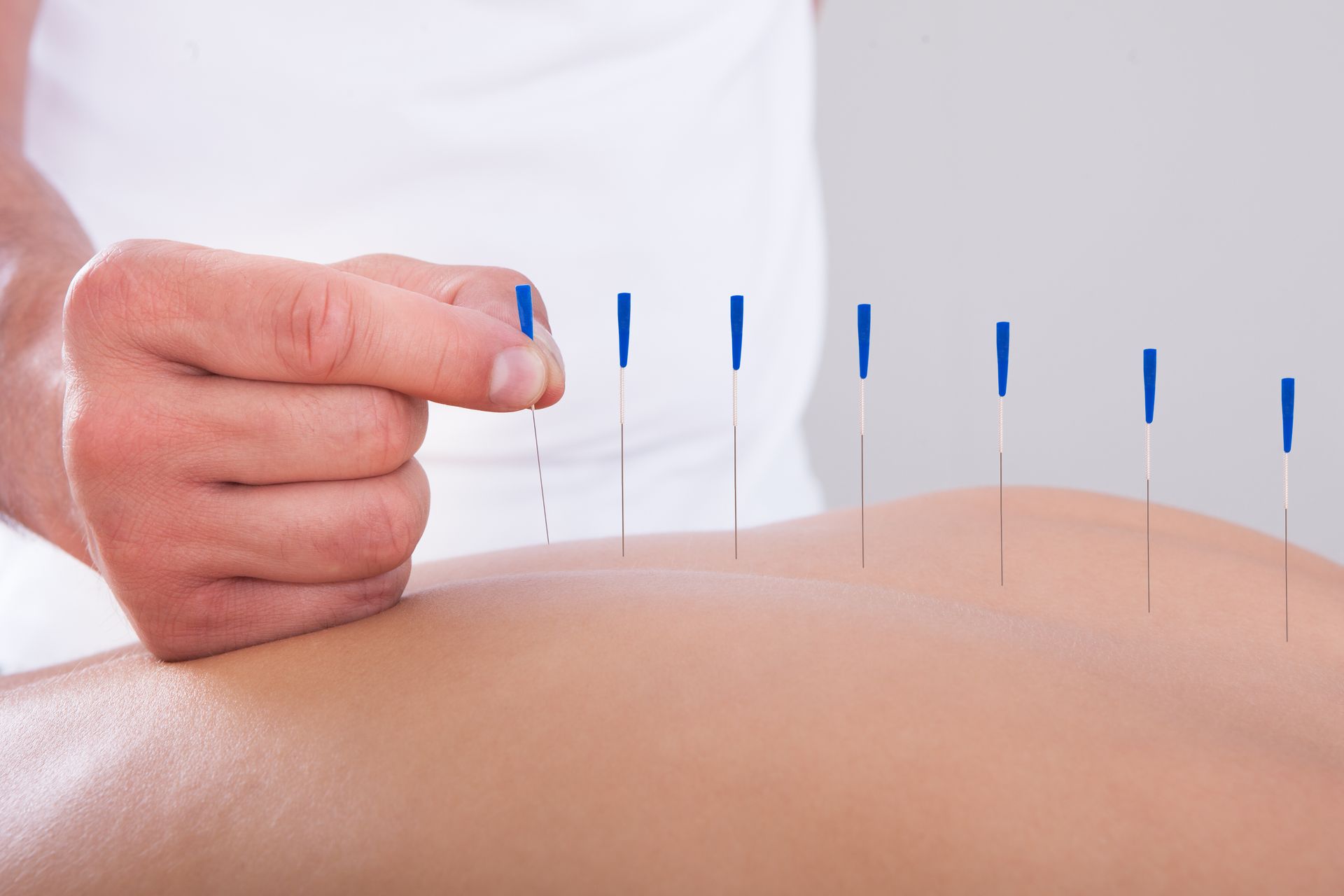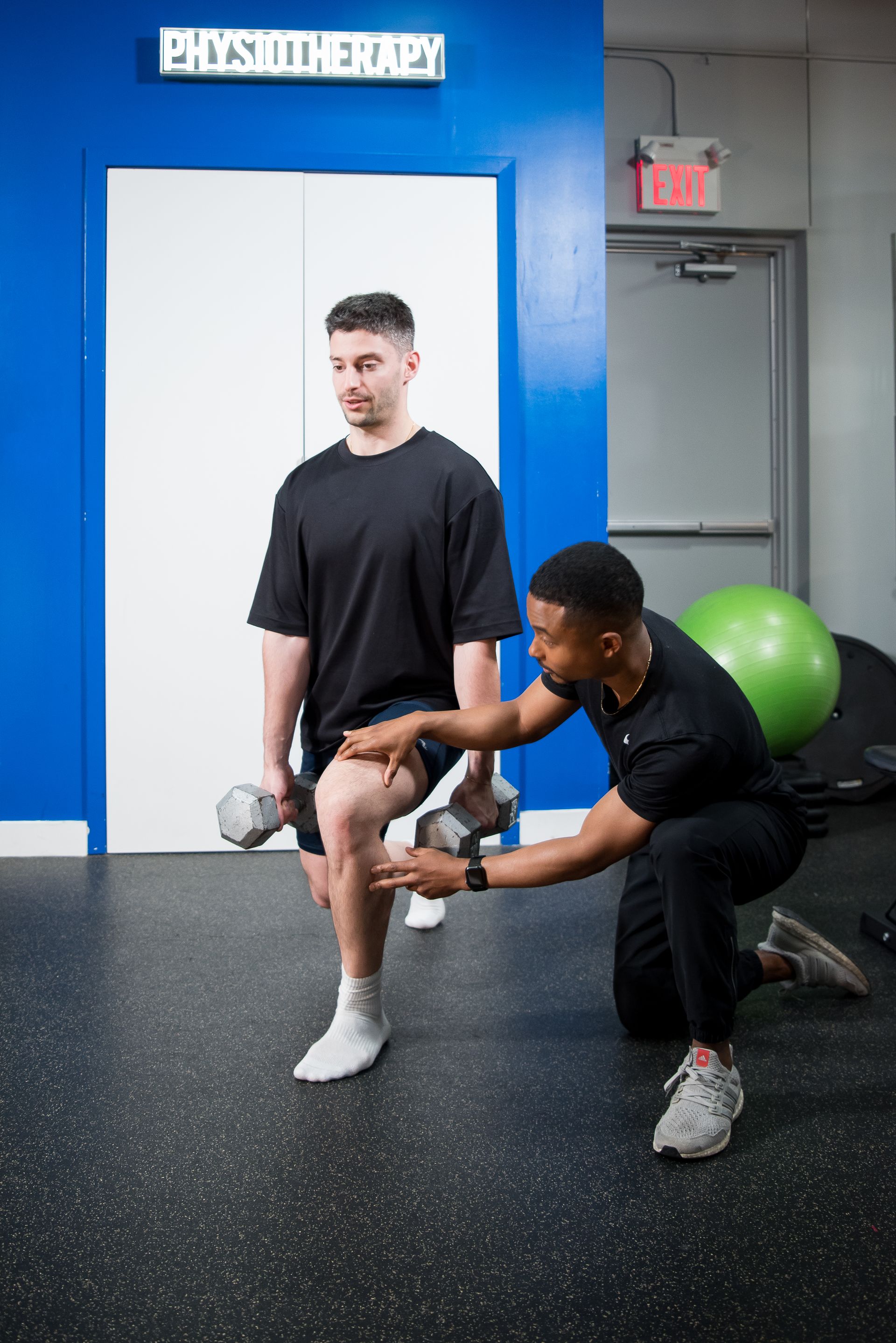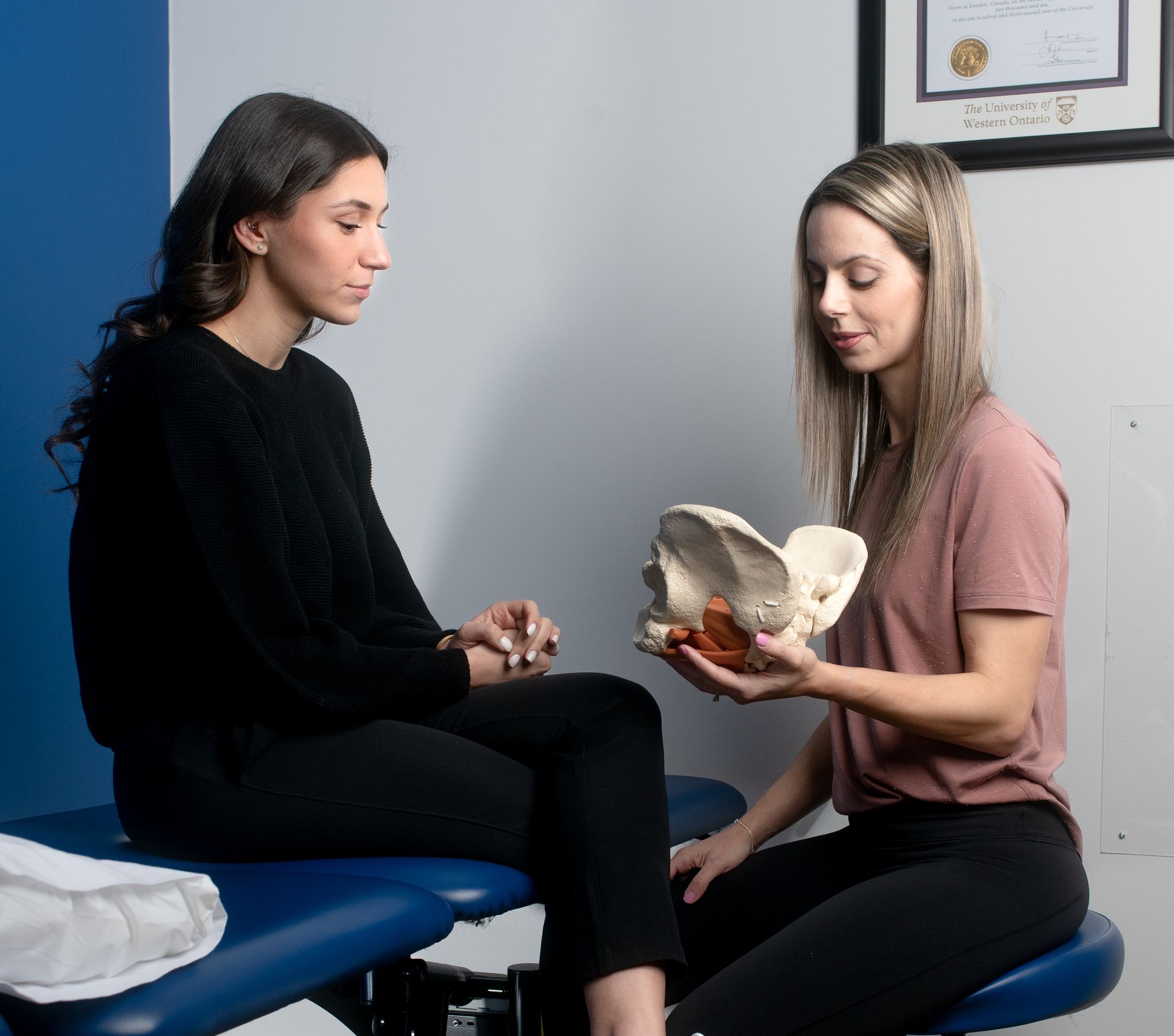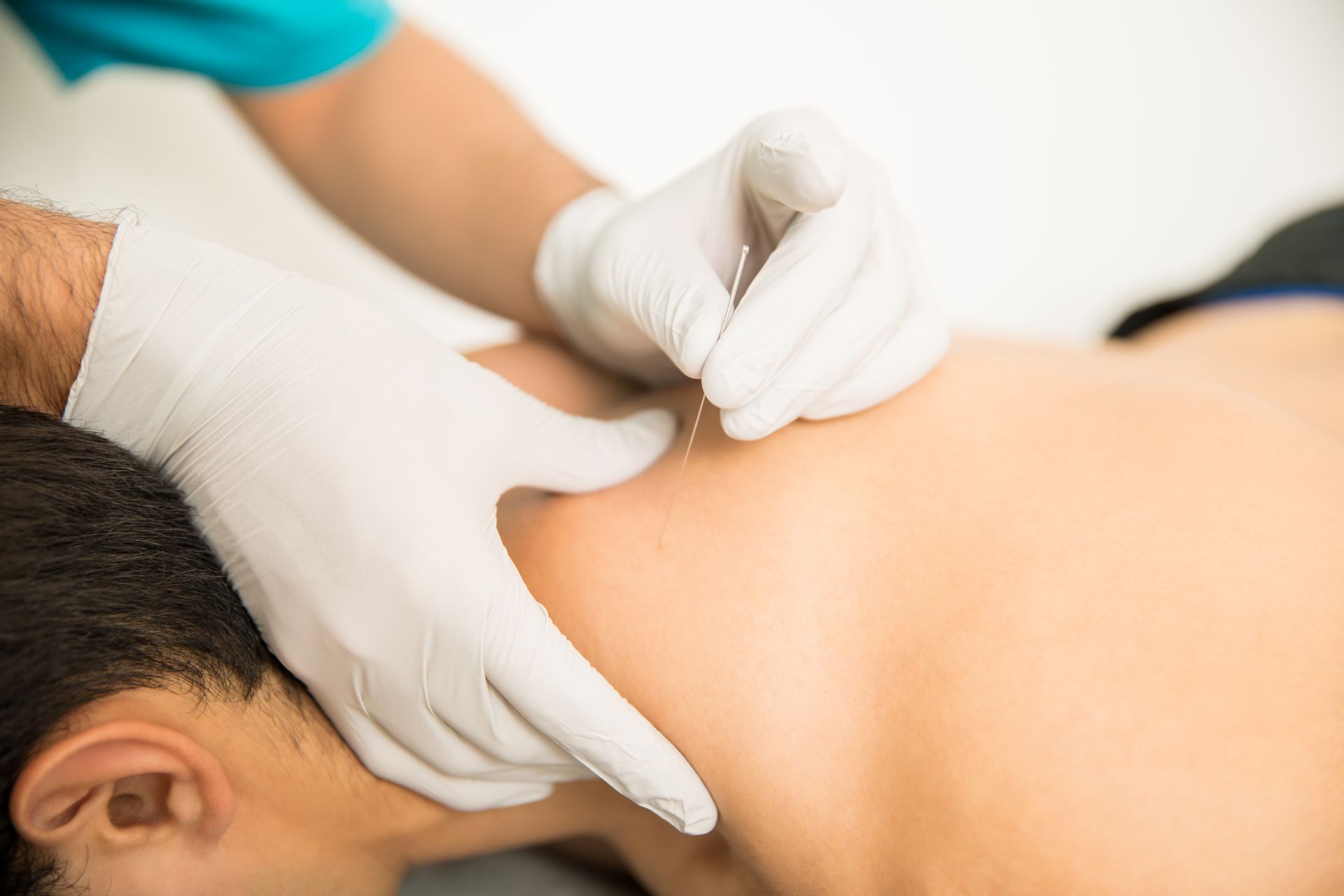How does Extracorporeal Shockwave Therapy stimulate healing?
Extracorporeal Shockwave Therapy (ESWT) serves a healing purpose for various musculoskeletal conditions and more specifically useful in chronic tendinopathies. It is more commonly used for tendons in chronic conditions as it initiates a metabolic reaction that stimulates a decrease in the pain feedback and a healing cycle in the tendon’s fibers. This can increase pain tolerance, vascularity in the area and decrease the formation of adhesions which are both natural and can become limiting in a prolonged healing process. Shockwave therapy is a machine that delivers high energy sound waves produced under water with high voltage explosion and evaporation, called shockwaves. Usually within a treatment session, it gives around 2000 quick shocks to the tendered area. It is a relatively new treatment strategy and well-liked as it is non-invasive therapeutic intervention that eliminates the need for surgical procedure and postoperative pain.
Why is it the preferred choice for athletes and individuals seeking healing solutions for overuse injuries?
The effects of shockwave therapy are most beneficial for conditions such as plantar fasciitis, elbow tendinopathies, Achilles and rotator cuff tendinopathies. The commonality between these conditions is the constant inflammatory environment within the tendon structure. When inflammation first occurs, it indicates an injury or damage in a structure. Without proper management, prolonged inflammation in tendons can lead to degenerative changes if the individual continues to load and stress the injured structure. Injury or damage to tendon structures are commonly categorized as overuse injuries and can occur for multiple reasons, including but not limited to muscle imbalance, joint restrictions, poor biomechanics, and overworking and under resting training conditions.
Studies demonstrate the effectiveness of using shockwave therapy in treatment sessions where patients show significant improvements within 3-4 treatment administrations, although 6-10 sessions are recommended. Pain, mobility, and symptom reduction all showed statistical improvements to the control group after completion of therapy and the benefits were sustained for a period of the 3, 6, and 12-month follow-up.
While the benefits of shockwave therapy can be enticing, it is best coupled with our Physiotherapists skillset in critical thinking, manual therapy and expertise in exercise prescription in guiding you towards adapting the best practices to benefit long-term from our treatment sessions at Sporting Edge Physiotherapy.
See our upcoming topics in our Tennis and Golfers Elbow, Plantar Fasciitis and Achilles blogs for further detail on injury descriptions!
